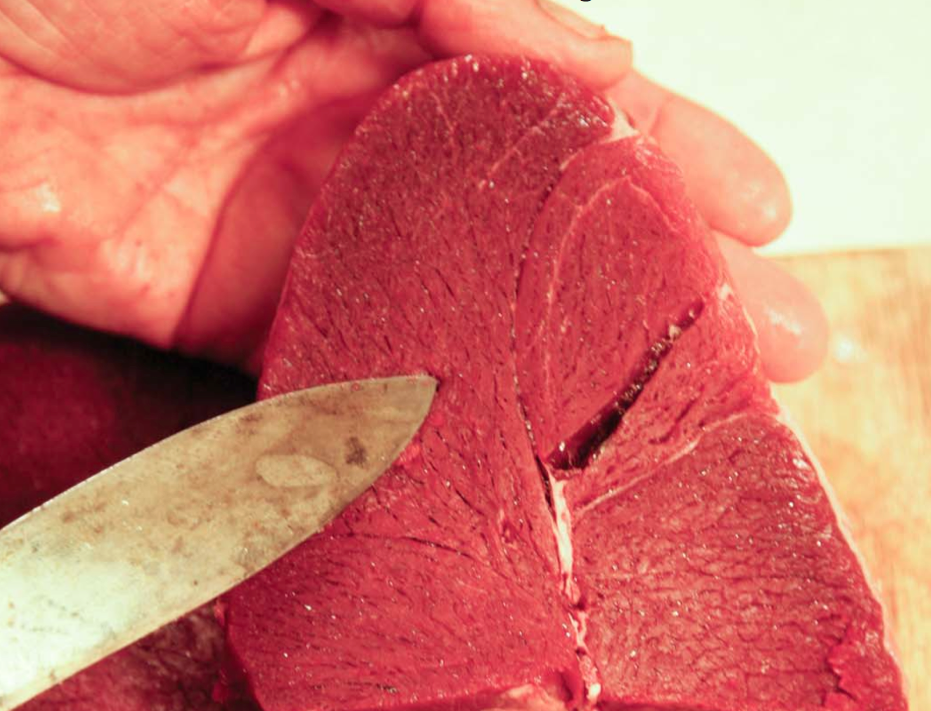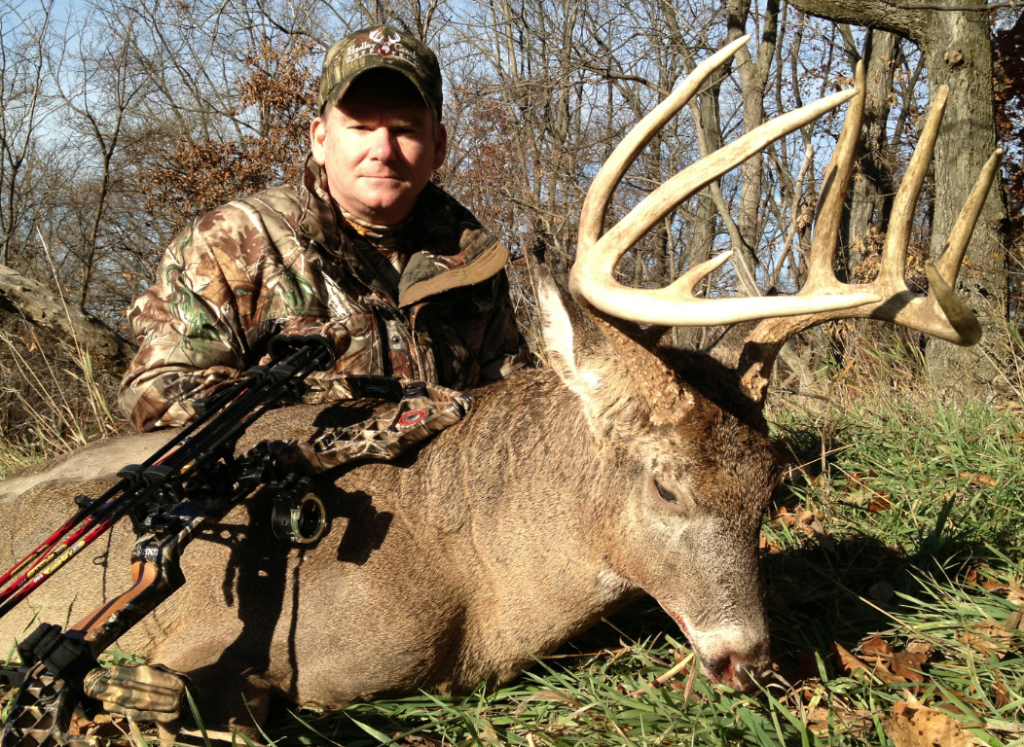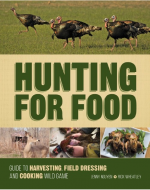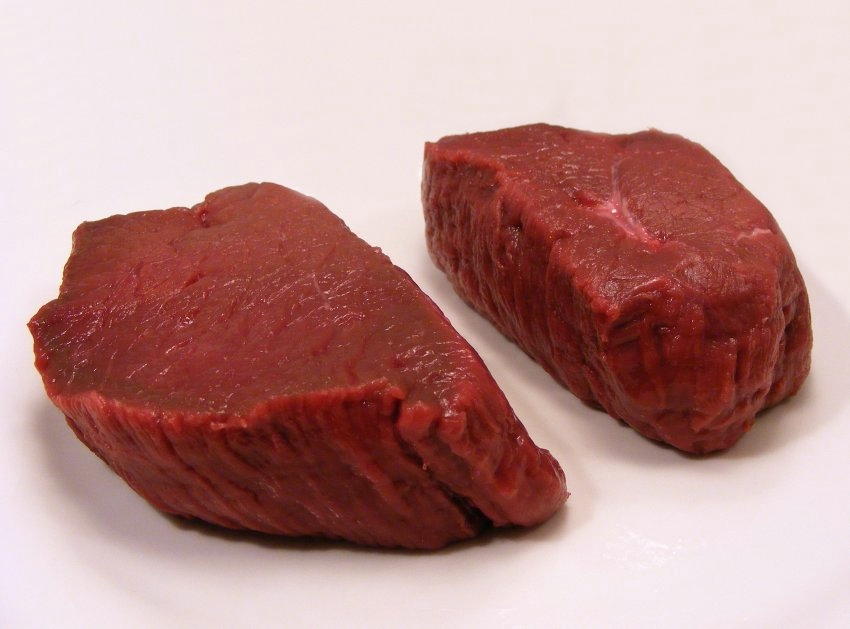
There is little risk in eating venison, and the nutritional advantages of eating white-tailed deer meat more than cancel out any concerns.
It was a most unexpected request. One of my best friends, Dr. W. C.Z. (his real initials), had tasted venison at dinner one night at our house. The very suave university professor, (who was definitely not a hunter), now wanted to impress an attractive lady who had caught his interest.
“That venison I ate at your house the other night; may I have some to cook for a friend?” he asked.
While that backstrap didn’t lead to marriage, it was a good choice for numerous reasons. It is probably the healthiest meat that any of us will ever eat and, from my view, the tastiest. I love to hunt deer, but a good portion of my motivation arises from the delicious venison meals prepared in our home.
Why Venison is Good for You
My five kids have grown up eating white-tailed deer. This is partly because it helps justify my deer hunting, but also because it’s just plain good for us and, as a bonus, it’s tasty. Heart disease and cancer are sometimes linked to overconsumption of some red meats because their relatively high fat and cholesterol content. Yet we all need protein in our diets, and meat is a good source.
Wild venison is high in protein and contains less saturated fat than ham, salmon or lean roast beef. Only salmon compares favorably to venison in caloric content and cholesterol, and only chicken breast has less fat (but more cholesterol).
See Also: Make This Fantastic Venison Gumbo!
In numerous books, magazines and websites devoted to healthy eating, venison is prominently listed and described in detail. Four ounces (112 grams) of venison supplies almost two-thirds of the daily requirement for protein (depending on a person’s body size and activity level) and almost one-third of the daily requirement for iron, yet only has about 186 calories and 1.4 grams of saturated fat.
Venison provides well-absorbed iron in a comparatively low-calorie, low-fat package. In the U.S. diet, boosting iron stores is a good practice, particularly for growing children and pregnant, lactating, and menstruating women, all of whom are more at risk for iron deficiency problems.

How to Make Venison Taste Good
Some outdoor writers make comments about how to make deer meat “as good as beef.” In truth, even if it wasn’t better for me, I would still prefer venison over beef because of the deeper flavor and lower fat content. If you have ever had less than desirable venison, there is a reason. With a little care, you can improve the taste of some extremely good meat.
I am amazed at how poorly some hunters treat high-quality venison. Many experts attribute bad-tasting venison to rancid fat. To minimize this risk, we need to practice with our bows, crossbows, muzzleloaders, rifles and shotguns to ensure we can harvest deer as quickly and humanely as possible. Good shot placement helps guarantee this.
SEE ALSO: One of DDH’s Most Popular Deer Recipe Cookbooks Ever!
After your deer is down, it is critical to act fast and cool the carcass as quickly as possible. As soon as the deer’s natural tissue defense mechanisms fail, bacteria begin the spoilage process.
Cooling occurs best when the deer can be lifted off the ground. I once went with my friend, game biologist Bill Rogers, to recover a dead deer someone had shot and lost at Maryland’s Patuxent River Naval Air Station. We tried to salvage as much of the deer as we could, but it was strikingly obvious that the part of the deer that had lain in contact with the ground had spoiled, but the upper-side still looked fine.
Removing the organs will greatly assist in increasing cooling capacity of the meat. When I field-dress a deer, I first put on impermeable gloves, then carefully remove the heart and any damaged meat. The mass of the blood-laden organs holds heat longer. Opening up the deer also increases the surface area and allows cool air to flow inside the body cavity. A living deer’s temperature is similar to a human’s (just under 100 F), so any air flow cooler than that will help cool the meat.
Skinning and quartering the deer also helps cool it more quickly. Dividing the deer into parts will help increase the surface area-to-mass ratio which speeds cooling. It’s also important to remove as much fat as possible, and keep the meat as clean as possible.
The major fat stores are along the spine and on the hams, with some fat inside the rear body cavity. Keep in mind that commercial deer processors can’t afford to spend a lot of time cleaning up a mess or removing the last bit of surface fat. That’s one reason I do as much of my own processing as possible.
By processing my own deer, I can minimize any lead fragments that might be in the meat. It is also easier to fit a deer into a cooler with cold water or, better yet, ice water which transfers heat away more rapidly than ice. If you do cool venison with water, be sure to remove it and pat it dry before freezing.
SEE ALSO: If You Kill It, Prep It and Grill It!
If you shoot your deer in the middle of the day, retrieve it quickly and move it out of the sun. Do not expose this delicious meat to heat sources, including truck hoods and/or sealed car trunks. In cold-weather climates, snow can be used to cool the inside of the carcass. However, be sure to rinse out the deer thoroughly (and pat it dry) when you’re back at camp.
The objective is to get the meat temperature below 40 degrees as rapidly as possible. Use food-quality bags or coolers for temporary transport. Some black garbage bags are treated with chemicals and might contaminate otherwise good venison.
Although many hunters want to show off a trophy, don’t delay in protecting and processing your deer. I suggest you take some good photos quickly, then get busy taking care of your deer.
How to Handle Venison Meat
Deer meat is the healthiest red meat available. However, many foods — venison included — can be toxic if handled improperly. A little care can help avoid contamination and illness.
Contamination with harmful bacteria probably represents the greatest risk to venison-eaters. This threat is best minimized by keeping all meat clean and cool. When temperatures rise above 40 degrees F, bacteria can grow quickly.
Some hunters are rightfully concerned about contracting chronic wasting disease. Prions are very durable and can persist in the environment for long periods without losing their infectious properties. Some believe prions can persist in the soil around the carcasses of dead animals and other locations where infected animals lose body fluids containing the prions. There is no evidence that CWD can be transmitted to humans, but research continues.
Another serious prion disease in humans, known as variant Creutzfeldt-Jakob disease, has been tied to eating meat from diseased cows. No similar link between game meat and human health has been made. Most health experts believe the risk of disease is very small as long as people avoid eating deer tissues known to concentrate the infection (brain, spinal cord, spleen, lymph, eyeball and tonsils). Fortunately, prions are rarely found in muscle tissue, which is what we normally consume.
A second threat to deer hunters, only recently recognized, is lead. When the bullet hits, especially bone, tiny pieces of lead bullet fragments are sprayed into the tissue. Shooting a deer with lead bullets can taint the muscle around the wound with the poisonous metal. In one follow-up study of venison, X-ray scans showed traces of lead in 53 of the 95 packages of venison tested.
The Minnesota Department of Agriculture examined 1,239 deer samples from 39 commercial deer processors and found lead in about 20 percent of them, and just under 90 percent of the deer processors were holding some contaminated meat. In that study, ground venison was much more likely to contain some lead than steaks. This makes sense because meat closer to bullet-damaged areas is more likely to wind up in the “grind pile.” In contrast, the Wisconsin’s Department of Health tested venison donated to food banks and found only about 4 percent of these samples had detectable lead.
SEE ALSO: Get Your Fundamentals of Cooking Wild Game Collection Here!
For most of us, very small amounts of lead are unlikely to be harmful, but children and women of child-bearing age run greater risks. Ingested lead eventually migrates from the blood into bones, where it becomes a neurotoxin damaging the central nervous system and potentially causing brain damage when levels become high enough. Since 1992, The Iowa Department of Public Health has collected lead data on blood tests. There has been no correlation reported between consumption of venison and dangerous lead levels.
Gun-hunters can reduce lead risks by using copper bullets, making shots on the neck or chest where there is less meat, making one-shot kills, and discarding meat near the wound channel. Of course, deer harvested with arrows are virtually risk-free.
What You Should Know About Venison
For 30 years, I have been eating deer that have been shot with lead bullets, and my kids have eaten it ever since they had teeth. I count venison as one of life’s pleasures. In my view, the nutritional advantages of venison are numerous and more than cancels the small risks that all meat eating brings. Dining on delicious backstraps is just one more reason to enjoy the many delights of pursuing the whitetail deer.
— D&DH Contributing Editor Dr. Phillip Bishop is a university professor and former NASA scientist from Alabama.
+++++

Learn how to hunt, process, and cook a wide variety of wild game with Hunting for Food by Jenny Nguyen and Rick Wheatley. Begin with detailed instructions on the best practices for hunting different types of game, including coverage of how to find or attract the game you’re looking to hunt, best times for hunting, and the gear you’ll need to be successful. Get your copy here!

